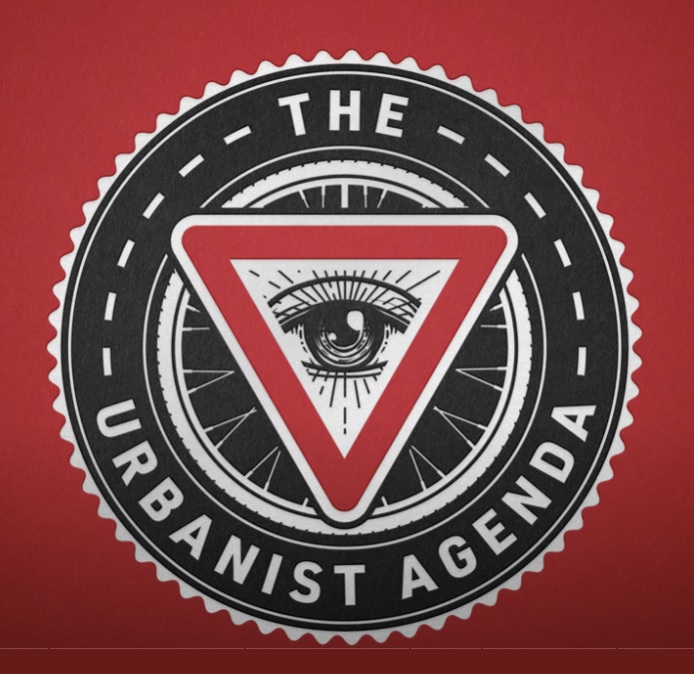Exploring the Limitations and Challenges of the 15-Minute City Model
Limited Freedom of Movement
15-minute cities prioritize accessibility by ensuring essential services are within walking distance. While this model benefits some, critics argue that it imposes restrictions on personal freedom. With a focus on local living, people may feel trapped within predefined boundaries. This could stifle spontaneity and limit opportunities for travel. Furthermore, these boundaries could become rigid, reducing individual choice over time.
Privacy and Surveillance Concerns
The integration of smart technology in 15-minute cities could lead to privacy issues. As cities monitor traffic flow, energy use, and public services, concerns about surveillance grow. The increased collection of personal data—such as residents’ movements and habits—raises fears about privacy violations. There is also the risk that this data could be misused or over-relying on technology to monitor residents, which could infringe on civil liberties.

Economic Impact on Local Businesses
While 15-minute cities aim to support local businesses, this model could harm some entrepreneurs. Small businesses that rely on foot traffic from outside the area may struggle without visitors from other neighborhoods. Additionally, the limited scope for transportation may deter people from traveling to nearby commercial hubs, harming the broader economy. In turn, these businesses could face difficulties attracting a large customer base, potentially stunting their growth.
Exclusion of Certain Groups
The 15-minute city model may not be practical for everyone. People who work in industries requiring frequent travel outside of their neighborhood could find the design limiting. Additionally, residents who live on the edges of these zones or in underserved areas might feel excluded. People with mobility challenges or limited access to transportation could struggle with the local infrastructure, feeling disconnected from essential services. This raises concerns about accessibility and inclusivity in urban planning.
While the 15-minute city model promises sustainable living and increased local access, its limitations—such as restricted movement, privacy concerns, economic impacts, and potential exclusion—raise important questions. Balancing the benefits of convenience and sustainability with the need for personal freedom, privacy, and social equity will be crucial as this model continues to evolve.
Our Visitor






 Users Today : 39
Users Today : 39



